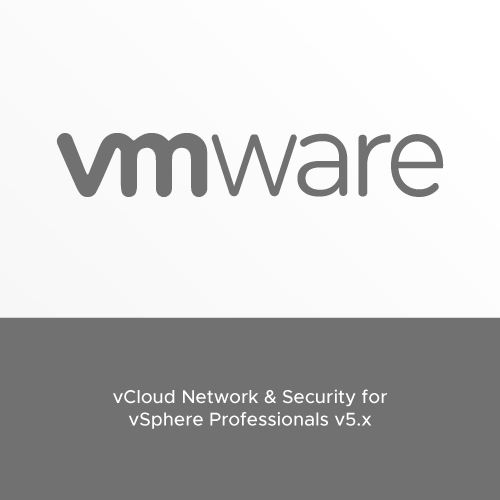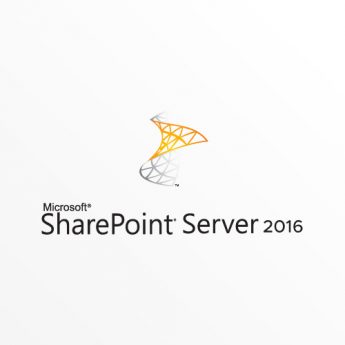Course Introduction
• Introductions and course logistics
• Course objectives
– VMware Networking and Security
• Networking and Security virtualization vision
• VMware vCloud Networking and Security Components
– VMware vCloud Networking and Security Manager
• Installation prerequisites
• Installing vCloud Networking and Security Manager
– VXLAN Networks
• Layer-2 connectivity and VLAN constraints
• VXLAN protocol
• IP encapsulation and multicast requirements
• Creating and connecting a VXLAN virtual wire
• Testing VXLAN Virtual Wire Connectivity
• Securing the Data Center
• Securing the virtual data center
• Securing Virtual Networks
– VMware vCloud Networking and Security Edge
• Installing and configuring vCloud Networking and Security Edge
• Internal and uplink interfaces
• Adding, changing, and deleting firewall and NAT rules
• Configuring site-to-site IPsec VPNs
• Configuring SSL VPNs for remote access
• Configuring load-balancer services
• Configuring high-availability services
– VMware vCloud Networking and Security App
• Installing and configuring vCloud Networking and Security App
• Hypervisor-based firewall on each host
• Firewall rules for virtual machine protection
• Flow monitoring as a traffic analysis tool
– Endpoint Security
• Challenges with endpoint security
• VMware® vShield Endpoint™ components
• Antivirus use cases and solutions
– VMware vCloud Networking and Security Data Security
• Data security policies and compliance
• Data security scans





